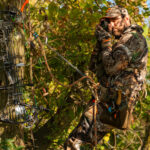4 Ways to Manipulate a Buck Within Bow Range
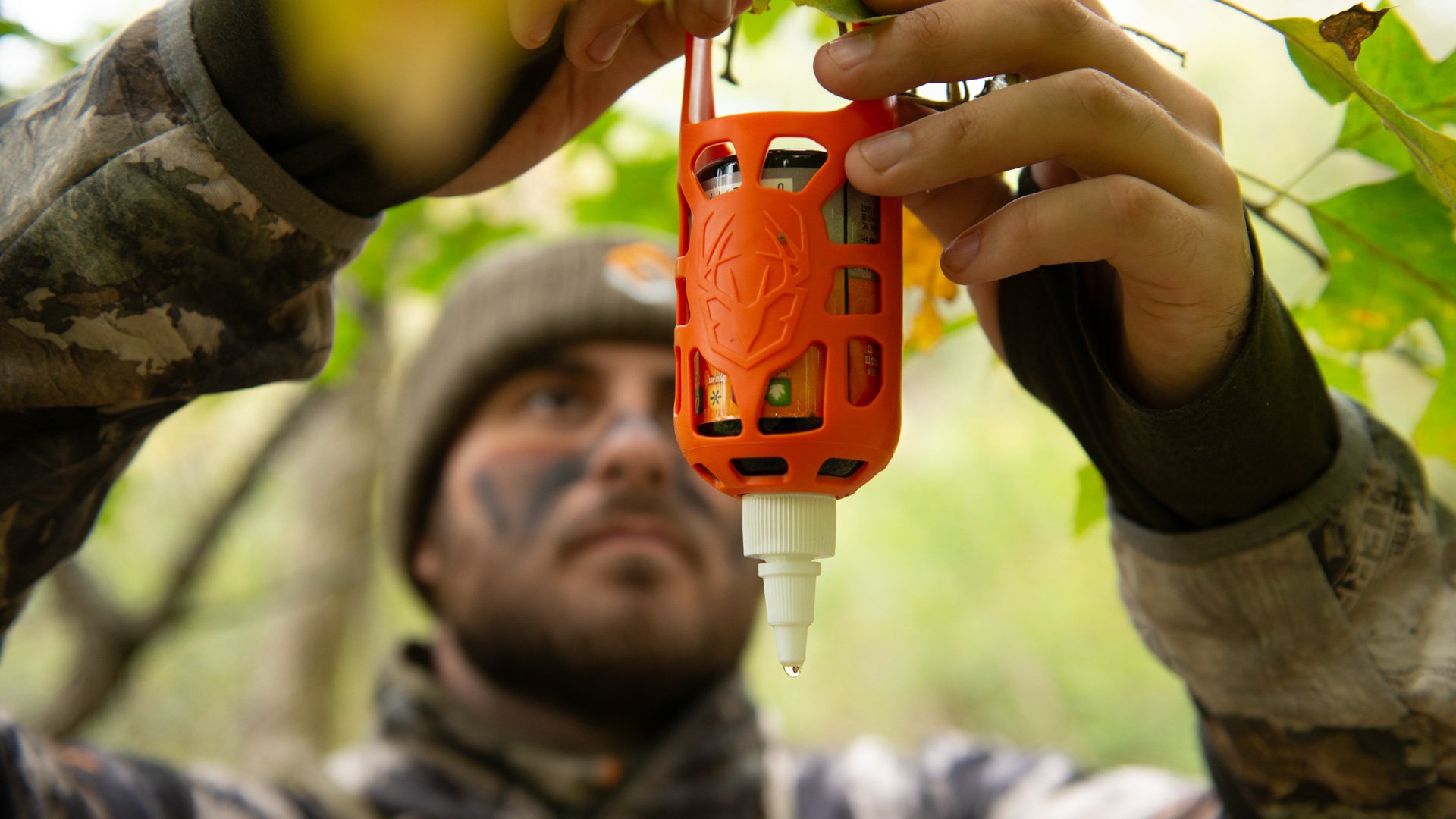
One of the biggest challenges and rewards of bowhunting is getting your target buck to within bow range. This can be easier said than done, and the lives of many bucks are saved every season because they remained just out of range. When it comes to getting a target buck within range, there are numerous tactics that bowhunters use every season.
These tactics can vary widely depending on what region you hunt, whether you hunt private property or public land, as well as what your personal preference as a hunter may be. Below are 5 ways that you can manipulate a buck to come within bow range.
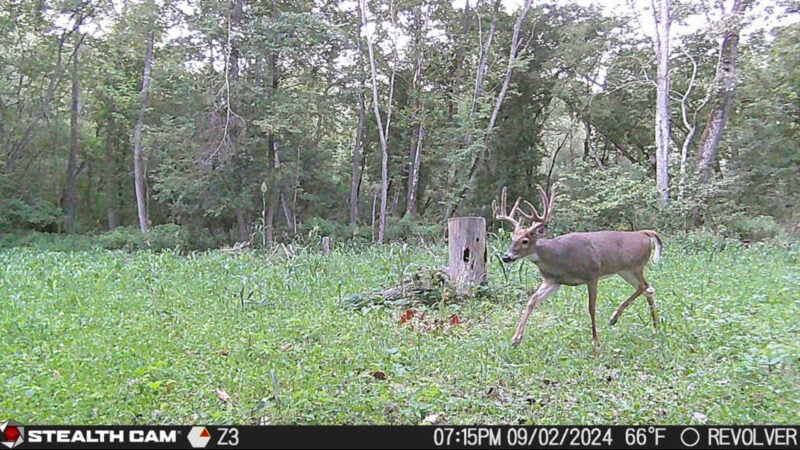
Attraction
Attracting bucks to within range has been a long-time tactic that bowhunters have successfully used, and there are numerous methods that you can use to attract one of your target bucks to your stand.
Mock Scrapes: Mock scrapes can be used not only to attract a buck to within range, but they can also be a great way to position a buck for the shot. Mock scrapes are most effective during the late pre-rut just prior to breeding, when bucks are spending much of their time working scrapes and scrape lines. A well-placed mock scrape could be just the ticket for getting your target buck within range.
Calling and Rattling: Calling a deer to your stand is easily one of the best ways to manipulate a buck during the weeks in and around the rut. Calling allows you to manipulate his ears, focus and the single greatest drive he has during the days leading up the rut.
Food Plots: Food plots are an excellent way to attract not just bucks, but any and all deer to within bow range. Deer are slaves to their stomach, and a food plot can be extremely attractive. A well-positioned food plot not only becomes a food source for deer, but it also becomes a social gathering location. Bucks may not even be interested in feeding, but they will still frequent these gathering locations on a regular basis to check for receptive does during the rut.
Decoys: If you have ever had a buck come in and work a decoy, you know how exciting it can be. Decoys are great tools to help attract a buck to within bow range, especially during the rut when bucks are most aggressive. Ag fields and other large open areas where bucks can see a long way, are ideal spots to use a decoy. Combining the use of a decoy along with calling can increase your success by making the scenario seem even more realistic.
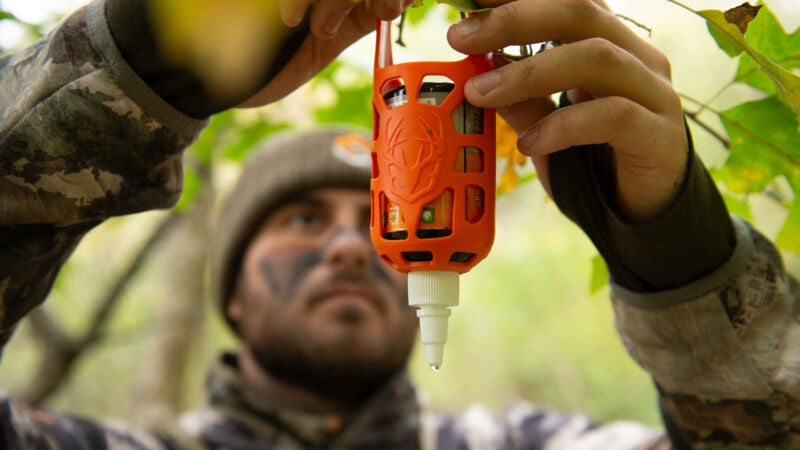
Detraction
Detraction is the opposite of attraction and can also be used to help manipulate bucks to come within bow range. If you have chased mature bucks for any amount of time, you have probably learned that they don’t become mature by making lots of mistakes. By knowing that behavior, we can use it to our advantage.
Being Exposed: Bucks often prefer to stick to cover and not expose themselves. These areas that bucks don’t feel comfortable using can be taken advantage of by hunters for access, allowing their scent to blow into, and even be used as a natural deterrent when attempting to call a buck to your location.
Wind/Topography: It’s no secret that mature bucks live or die by their nose. This behavior can be taken advantage of by hunters as well by using wind direction and certain topography features to deter or keep a buck from getting down wind of your location. Utilizing a quartering or crosswind that makes a buck feel as though he has the wind in his favor, but taking advantage of terrain features such as creeks, steep ravines, etc. that keep him just out of your scent cone can be excellent ways to get a buck within range.
Blocking or Guiding
Just like with creating the path of least resistance, there are numerous techniques that can be used to do the opposite and create areas that deer don’t want to move through. By creating areas that are more difficult for deer to navigate, it can up your chances of getting a target buck within bow range.
Downed Trees and Brush: This can be a natural occurrence, or we can strategically fell trees and brush to encourage deer to come within bow range. Unless it is truly an impenetrable barrier, deer can navigate through even the thickest of brush, but because of their desire to take that path of least resistance, even a treetop laying across a trail can encourage them to take the route we want. One key to this technique is to not over do it. You never want a deer, especially a mature buck, to feel trapped or forced.
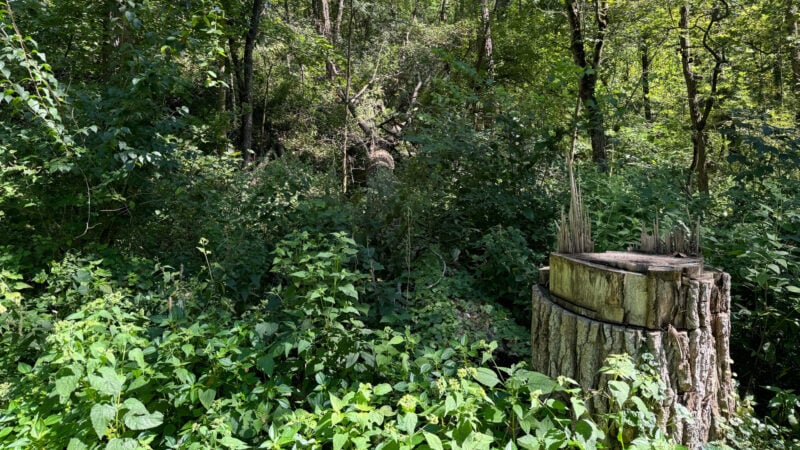
Fences: When I say fences, I am not talking about high fences that deer cannot jump. I am talking about regular 4’-5’ livestock fences that you can find all across the country. Whether it’s an existing fence or one you erect yourself, fences can be used to help encourage deer to take the trails we want and put them within range. Repairing low spots or closing gate openings in existing fences can be a great way to encourage a buck to cross at a different location. Hunters can also install new fences to accomplish the same thing, simply end the fence where you want the bucks to be, and it will likely become a well-used trail providing a great hunting opportunity.
Terrain Features: Terrain features can create funnels and pinch points and be used just like fences to encourage deer to use certain trails and come within bow range. Unlike fences, it’s much more difficult to create terrain features where you want them, so using existing ones is the easiest way to do it. Features such as ponds or lakes, steep creek banks or ditches all do a great job of encouraging deer to use specific paths that can put them within bow range.
Combination
Just like the name implies, this technique is simply combining any two or more of the above techniques. It’s always going to be easier to put a buck where you want him when he actually wants to be there. With that being said, the more reasons we can give a buck to be where we want him, the higher our chances are of him cooperating. Below are a couple of examples.
Blocking and Path of Least Resistance: This is a great combination; hunters can block certain trails that may take a deer out of range and create new trails that put a deer within range. This technique can also be used to help prevent a buck from getting downwind of your location.
Multiple Forms of Attraction: Combining multiple forms of attraction can ensure that you are providing something that is attractive to a buck regardless of his wants or needs. An example of this might be a food plot that has one or more mock scrapes and possibly a water hole.
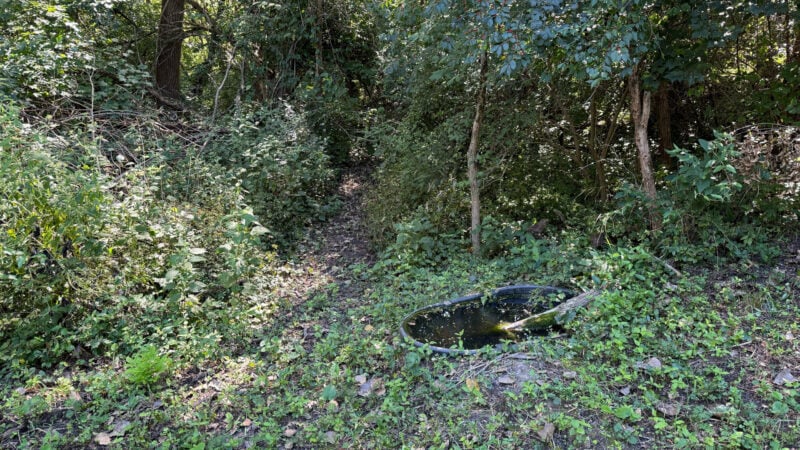
Conclusion
Regardless of if you hunt public property, private permission property, or own your own property, there are many techniques that you can use to help get one of your target bucks into bow range. Don’t be afraid to get creative and experiment with different techniques, but make sure you get permission from the landowner if you want to make any changes to a property that you don’t own yourself.

